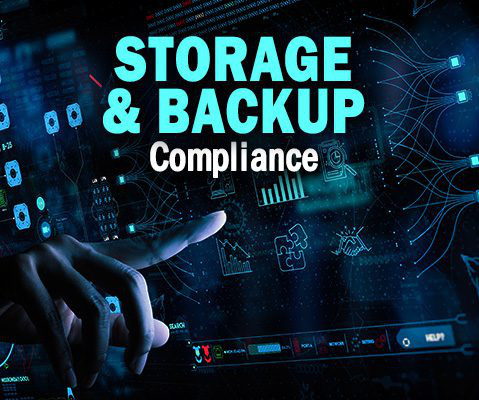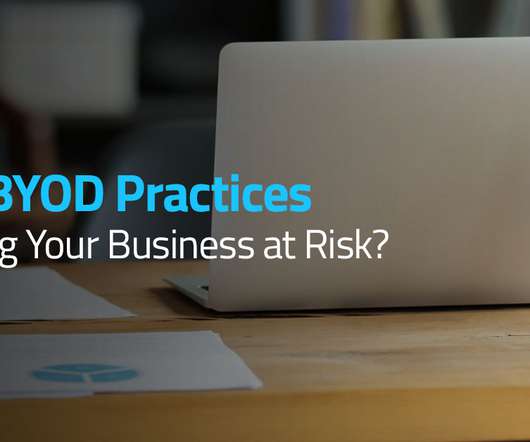Guest Post: Cybersecurity Incidents Lead to New Standards, Requirements
Security Industry Association
DECEMBER 13, 2023
Virtually no security manufacturers are exempt from the perils of cybercrime. Because the traditional security industry relies on a multitiered model where many products go from manufacturer to distributor to security integrator to end user, manufacturers often are unaware of the final destinations of – and applications for – their products.












Let's personalize your content